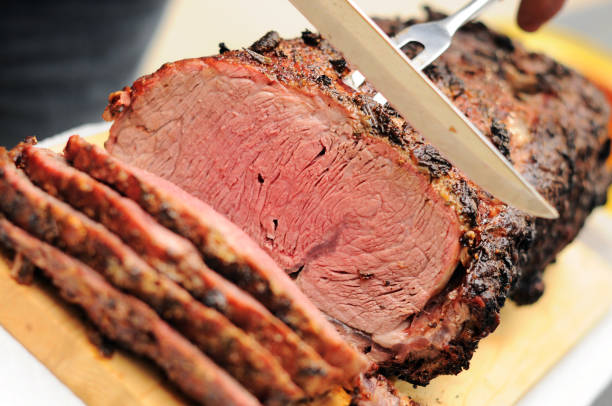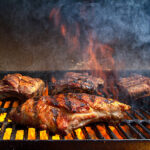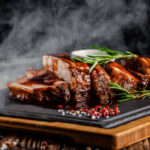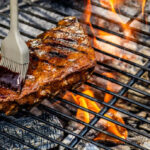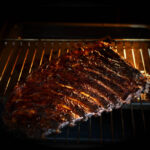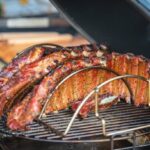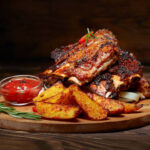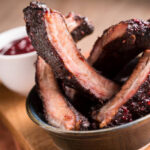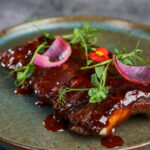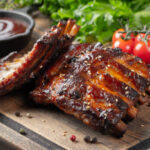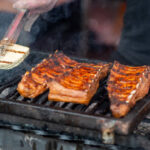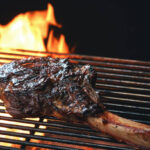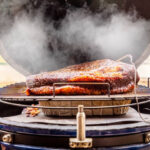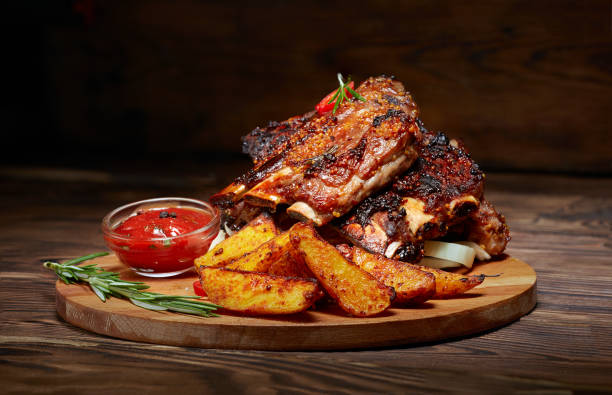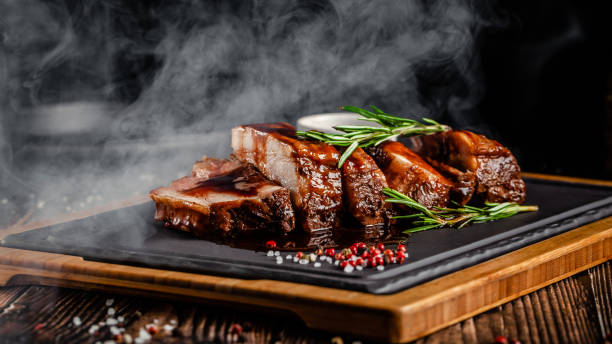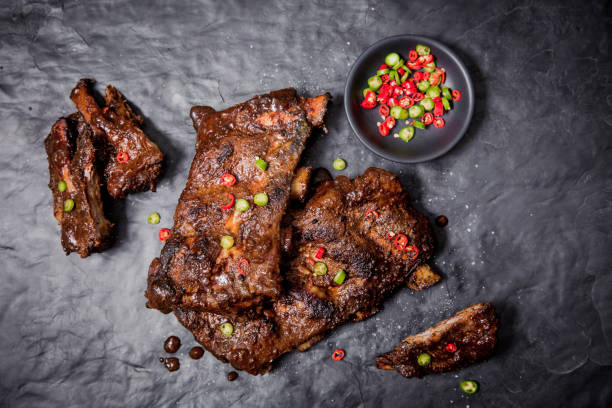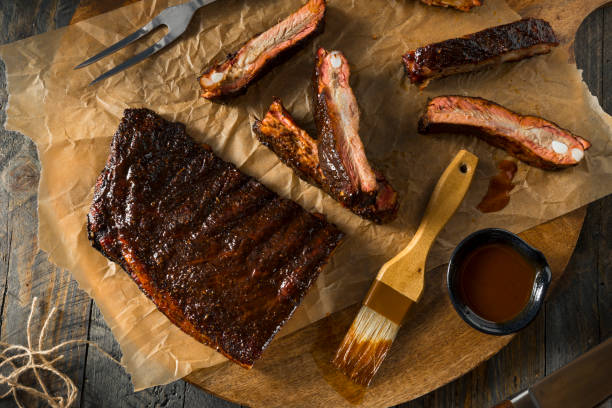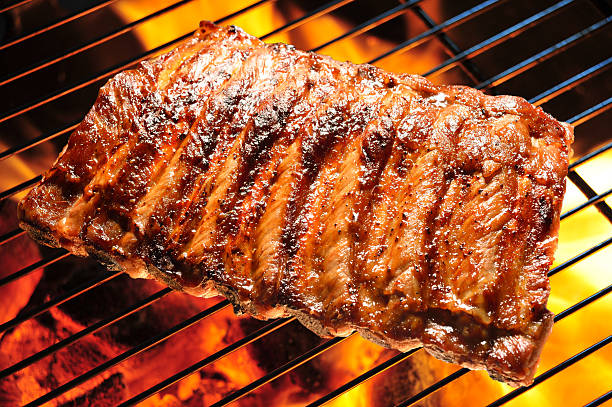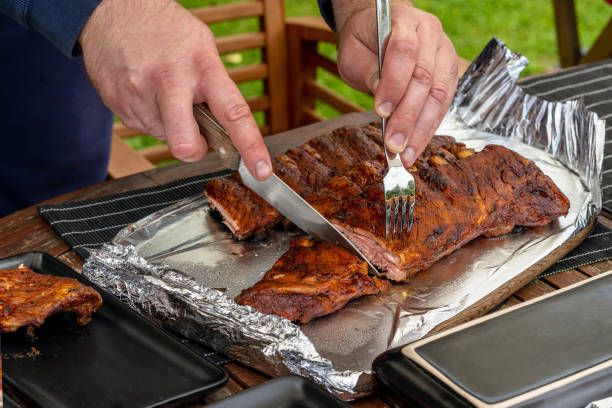Do You Cook Prime Rib At 325 Or 350? | Cooking Tips
When it comes to cooking prime rib, a dish revered for its rich flavor and tender texture, the question of the ideal oven temperature—whether to roast at 325°F or 350°F—has long been a topic of culinary debate. This seemingly simple choice can significantly influence the final outcome of your roast, affecting everything from the crust’s delectable crispness to the meat’s succulent juiciness. In our comprehensive guide, “Do You Cook Prime Rib at 325 or 350?”, we delve deep into the art and science of preparing this classic dish to perfection.
Our exploration is backed by culinary expertise, drawing on the wisdom of seasoned chefs and the latest in cooking science to bring you a definitive answer to this question. We understand the value of a perfectly cooked prime rib, whether it’s the centerpiece of a festive holiday meal or a special occasion dinner, and we’re here to ensure your next roast is nothing short of spectacular.
Beyond just settling the temperature debate, this article will enrich your cooking repertoire with insights on how oven temperatures interact with the prime rib’s fat content and connective tissues, optimizing flavor and texture. We’ll also share tips on achieving that elusive perfect crust, timing your cook for optimal tenderness, and even suggestions for side dishes that complement your prime rib beautifully.
Prepare to have your culinary curiosity piqued and your appetite whetted as we embark on a journey to unlock the secrets of cooking prime rib to its utmost perfection. Whether you’re a seasoned home cook or stepping into the kitchen for the first time, “Do You Cook Prime Rib at 325 or 350?” is your key to elevating this classic roast from good to unforgettable. Let’s discover together the path to achieving the prime rib of your dreams.
Contents
Introduction
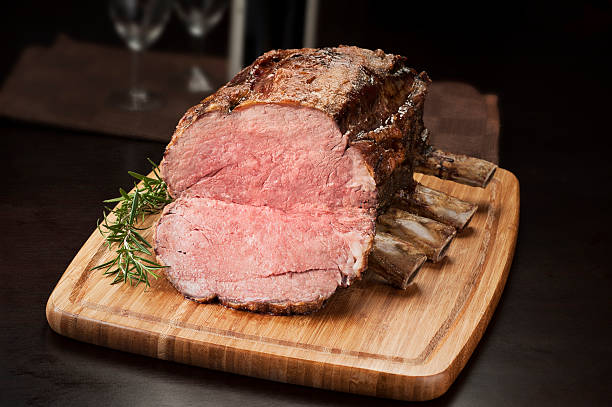
There is an ongoing debate on the best cooking temperatures for prime rib roast. Some argue for cooking it at lower temperatures like 250°F for a longer time to render fat and achieve tenderness. Others insist higher heat like 450°F is needed initially to sear and brown the meat. This prime rib recipe takes a balanced approach by using a higher temperature first for browning followed by slower cooking at a lower heat.
The method here is to first cook the roast at 450°F for 15 minutes. This quickly browns and seals the exterior. Then the temperature is reduced to 325°F and cooking continues until the center reaches the desired doneness. The benefits of this combined high-low method are:
- Initial high heat to brown and caramelize exterior
- Lower heat after to allow for slower cooking
- More even heating and gentle cooking
- Maximum tenderness and moisture
This step-down method allows you to brown the crust while also cooking the roast gently, resulting in the perfect tender and juicy prime rib.
Ingredients
To make this recipe, you will need:
- 1 (4-6 lbs) beef prime rib roast, bone-in or boneless
- Kosher salt and freshly cracked black pepper to taste
- Olive oil or other cooking fat/oil for searing
- Fresh rosemary and garlic (optional)
- Beef broth or stock (optional for basting)
Adjust ingredient amounts based on the exact size of your prime rib roast. Figure around 1/2 to 3/4 lbs of meat per person.
Step-by-Step Cooking Instructions
Follow these simple steps for flawlessly cooked prime rib every time:
Preheat Oven and Prepare Roast
- Preheat your oven to 450°F.
- Pat dry your prime rib roast thoroughly with paper towels.
- Season all over with salt and pepper (amount is optional based on taste).
- You can also rub the roast with minced garlic, fresh rosemary, and olive oil if desired.
Sear the Roast
- Place the roast fat side up in a large roasting pan.
- Put the roasting pan in the oven set to 450°F.
- Sear for 15 minutes. This will give you a nice brown crust.
Slow Cook the Roast
- After searing, turn the oven down to 325°F.
- Continue roasting at 325°F until it reaches your desired internal temperature. See temperatures for different doneness levels in the next section.
- For maximum browning and even cooking, you can rotate the roasting pan periodically.
- Baste the roast every 30 minutes with juices from the bottom of the pan. You can also baste with beef broth or stock for extra moisture and flavor.
Check Internal Temperatures
Use these guidelines to determine when your prime rib is done based on your preferred doneness:
| Doneness | Target Internal Temp |
| Rare |
115°F (120°F after resting)
|
| Medium Rare |
120°F (130°F after resting)
|
| Medium |
130°F (135°F after resting)
|
- Use an instant-read meat thermometer to check the internal temperature of the roast. Insert into the thickest part without touching the bone.
- The temperature will rise by around 5-10°F during resting time after removing from the oven.
Estimate Cooking Time
Cooking times will vary based on size of roast and desired doneness. Here are general time estimates:
- Small 3-4 lb roast:
- Rare: 1 – 1 1/4 hours
- Medium Rare: 1 1/4 – 1 1/2 hours
- Large 6-8 lb roast:
- Rare: 1 3/4 – 2 hours
- Medium Rare: 2 – 2 1/4 hours
- In general, estimate 15-20 minutes per pound for medium rare doneness as a starting point.
Rest and Serve
- Once your roast reaches the target internal temperature, remove it from the oven.
- Tent loosely with aluminum foil and let rest for 15-20 minutes. This allows the juices to redistribute through the meat.
- The internal temperature will continue rising as it rests.
- After resting, carve into slices or chunks and serve.
Additional Tips and Suggestions
- For basting, try mixing herb butter or pan drippings with beef broth for added moisture and flavor.
- Slice and serve with horseradish sauce and au jus for delicious accompaniments.
- Yorkshire pudding, roasted potatoes and vegetables make great side dishes.
- If the ends of the roast are cooking faster, loosely tent them with foil to slow down cooking. This prevents overdone ends.
- For the best crust, do not tent during cooking. Tent only during resting time.
Troubleshooting
Follow these tips if you run into any prime rib pitfalls:
Problem: Uneven browning or overcooked ends
- Solution: Rotate the roasting pan periodically for even browning. Tent the ends with foil if cooking too fast.
Problem: Undercooked center
- Solution: Increase cooking time slightly to allow center to cook through. Check oven temperature is accurate.
Problem: Dry, chewy meat
- Solution: Baste more frequently with broth/drippings. Use a rack to elevate roast off pan drippings.
Notes
- Always use an accurate meat thermometer for the best results.
- Adjust cooking times up or down based on the actual size of your prime rib roast.
- Choose the target internal temperature based on your desired doneness.
Let this prime rib recipe help you make the perfect roasted beef at home. The combination of quick searing and gentle roasting results in a tender, juicy and flavorful prime rib roast that makes for an unforgettable meal.
https://bamboowokmanvel.com/food-drink/rib/
Harmony Saunders is the CEO and founder of Bamboo Wok, a family-owned and operated Chinese restaurant that has been serving the Manvel, Rosharon, and Alvin communities for more than nine years. Our delicious dishes are made from scratch with the best ingredients, vegetables are fresh cut daily in our kitchen, and poultry is delivered every two days.
So whether you’re craving Chinese food for the family or need catering for your next event, please give us a try! We know you won’t be disappointed with our fresh, authentic Asian fare.

